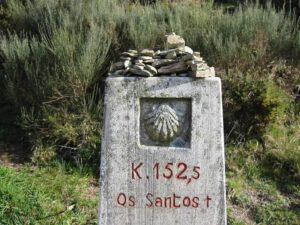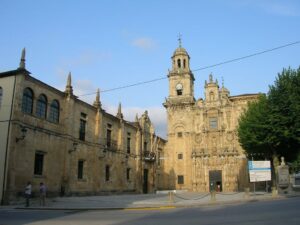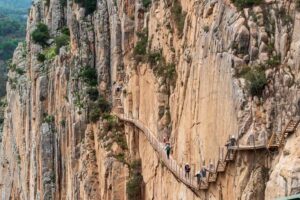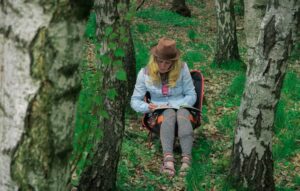
The Camino de Santiago has been, for centuries, a spiritual pilgrimage route deeply linked to tradition, faith, and personal search. However, beyond its religious value, in recent times many pilgrims have discovered it as a valuable resource for improving mental well-being.
The experience of walking kilometres on foot, through natural landscapes and villages full of history, allows you to disconnect from daily noise, reduce anxiety, and regain emotional balance. Each stage becomes a conscious pause, where you can organise your thoughts, observe your inner self, and reconnect with yourself.
Índice de contenidos
Preparation for a Transformative Experience
Before embarking on this journey, proper preparation is essential.
Choosing to do the Camino de Santiago organised can be an excellent choice, especially if you want to minimise logistical concerns and focus on the personal experience. These organised routes often include accommodation, luggage transport, and assistance if needed, allowing you to focus on your mental well-being.
Additionally, it is recommended to set clear personal goals. Are you looking to overcome a difficult stage in your life? Do you wish to find clarity in your thoughts? Defining your intentions will help you make the most of this experience.
Alternative Routes for Those Seeking Disconnection and Tranquillity
If your priority is to find calm and walk without haste, there are several less crowded routes that might suit what you need. These routes maintain the essence of the Camino de Santiago but offer a more intimate experience:
- Camino Ribadeo Santiago: The final stretch of the Camino del Norte starts from the coast of Lugo and crosses a landscape alternating between the sea and the mountains. It is a good option if you want to begin the route in an Atlantic setting, with fewer crowds and a strong connection to Galician culture.
- Camino de Santiago Bilbao: Although many people join the Camino del Norte in Irún, starting from Bilbao can be an attractive alternative. It will allow you to enjoy an initial urban and cultural stage before heading into quieter rural areas. Additionally, it is easy to organise if you have limited time.
- Camino de Tui to Santiago: This is one of the most well-known stretches of the Camino Portugués. Despite its popularity, it remains accessible if you are looking for a moving meditation experience. It is approximately 100 km, making it a practical option for a brief yet meaningful disconnection.
- Camino Primitivo from Lugo: Considered the oldest and one of the most physically demanding, this route crosses mountainous landscapes and solitary paths. It is ideal if you are seeking introspection in a pure, less-travelled natural setting.
- Camino to Finisterre and Muxía: This route departs from Santiago towards the coast, with its final destination at the mythical Finisterre Cape or the sanctuary of the Virgin of the Boat. Many pilgrims take this route after completing the main Camino as a symbolic closure or search for peace facing the ocean.
- Camino de Santiago from Ourense: Belonging to the Sanabrés Camino, this route stands out for its green landscapes, charming villages, and natural hot springs. A less crowded route that combines nature immersion with body care.
Psychological Benefits of the Camino
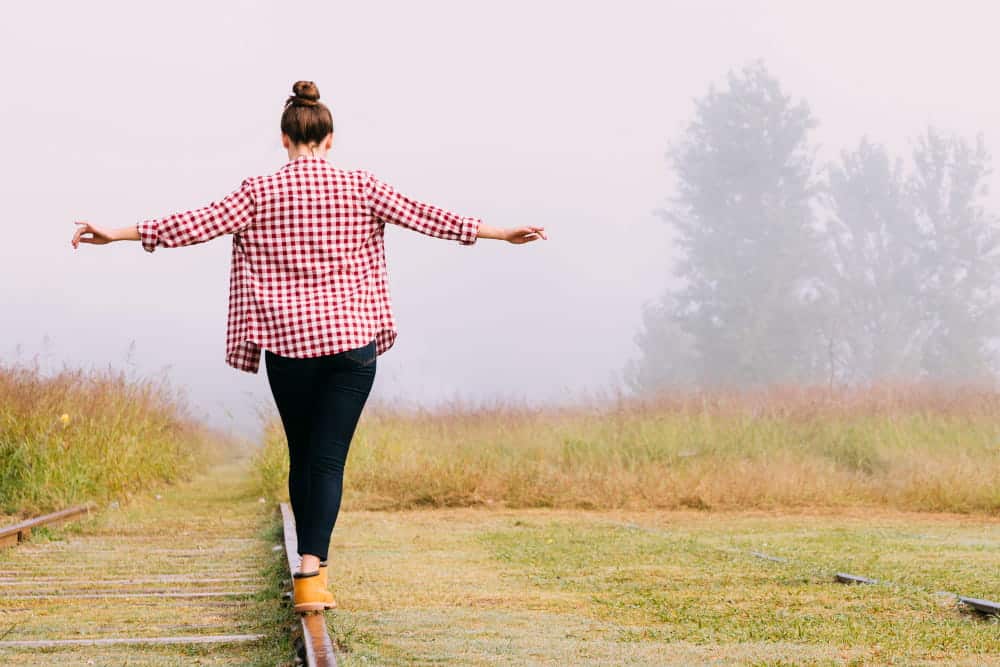
The Camino de Santiago can become a powerful tool for emotional self-care.
You don’t need to be in a critical situation to benefit from its effects: you just need to be willing to take a pause, observe yourself, and allow yourself to live the journey without haste or external pressures. Various studies in environmental psychology and mental health have linked walking in natural environments with significant improvements in emotional well-being.
Walking through kilometres of open landscapes, forests, villages, or rural areas, your mind is freed from the typical over-stimulation of daily life. Cortisol levels are reduced, and serotonin production is encouraged, the so-called “happiness hormone”. This physiological balance results in less anxiety, improved sleep, and better mental focus.
Additionally, completing stages creates a progressive sense of achievement that boosts your self-esteem. It’s not just the destination that matters, but your ability to stay committed to yourself.
Connection with other pilgrims
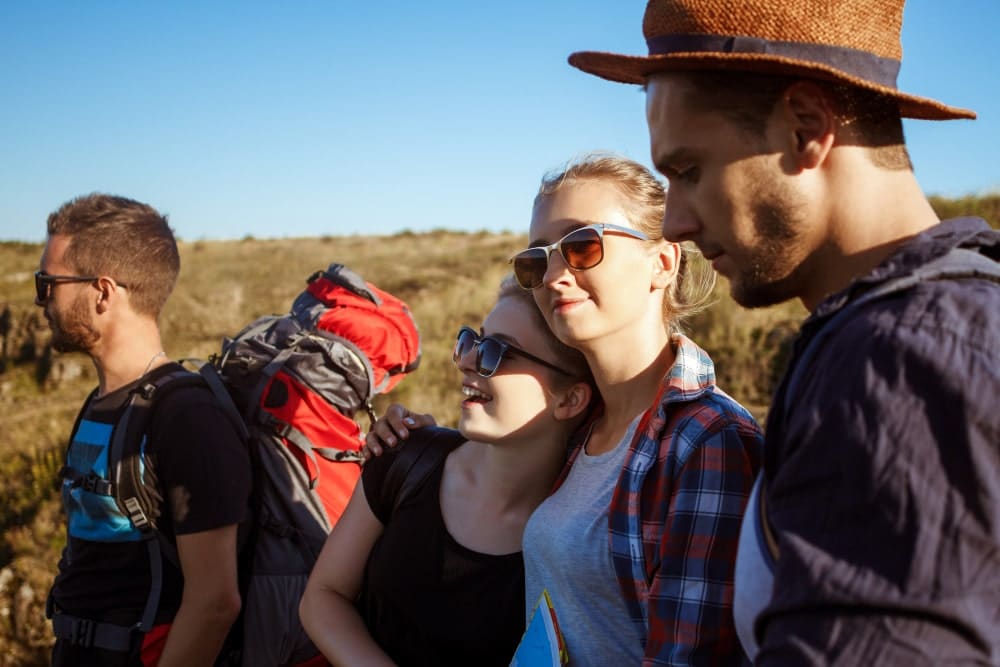
On the Camino de Santiago, you’ll always meet someone. On the contrary, you are part of a spontaneous network of people with different motivations, but with one thing in common: the desire to move forward, both physically and emotionally. This brief coexistence allows you to connect authentically, without labels or social roles.
Conversations with other pilgrims can arise at a fountain, during a shared dinner, or on a long stretch. These often simple conversations can have a deeper impact than you might imagine. Listening to someone’s story, whether they are going through grief, a life change, or a period of uncertainty, creates a mirroring effect that encourages empathy. At the same time, verbalising your own journey can help you organise your thoughts and release tension.
Unlike other social contexts, here there is no urgency to impress. The environment fosters genuine human connection, which strengthens the sense of community, something many people miss in their everyday lives.
Integrating the experience into daily life
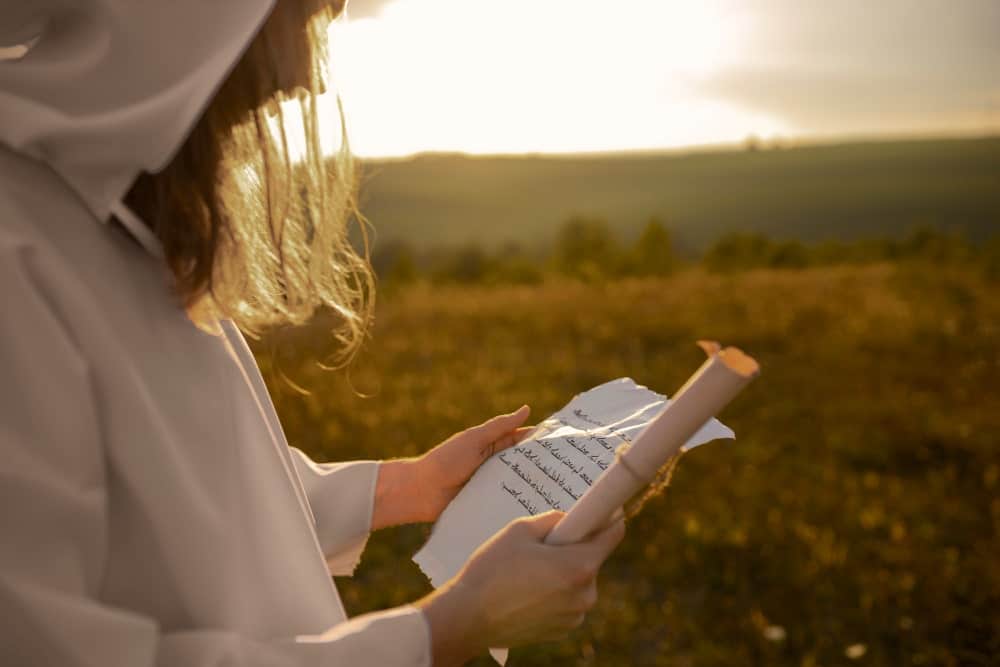
The Camino doesn’t end when you reach the cathedral in Santiago or when you close your backpack. What really matters is how you decide to apply what you’ve learned once you’re back home.
If, during the journey, you discover that walking clears your mind, try to keep that habit by integrating it into your routine, even if it’s just with short walks. If you find that sleeping without notifications on your phone helps you rest better, it might be time to reconsider your relationship with technology.
You could also keep a small diary where you note down reflections or emotions, just like you did during the pilgrimage. This exercise promotes self-understanding and allows you to stay connected to what you’ve experienced. On the other hand, talking to close people about your journey will not only reinforce your own learning but may also inspire others.
Some people even decide to repeat the Camino years later, at different stages of their life, as a way of taking stock. You can do the same or simply allow what you’ve learned to accompany you in small gestures: breathe calmly, observe without judgment, and walk with intention. The value of the Camino lies in how you integrate it into your way of life.
Resources and support for your journey
Being well-prepared is key to enjoying the Camino de Santiago consciously and safely. Today, there are a variety of tools available that can make your experience easier.
Physical guides are still useful, especially if you like to mark stages or consult information without depending on your phone. However, you will also find specific apps that help you choose the best route, find available accommodations, or read reviews from other walkers.
In many cities, there are associations of former pilgrims that organise talks, workshops, or informational meetings. If you are interested in a more guided approach, you can turn to an agency offering an organised Camino de Santiago, ideal if you prefer not to worry about reservations, luggage transport, or finding accommodations.
Social networks and forums can also help you solve doubts or find companionship. There are very active communities where you can share expectations, get practical advice, or simply connect with other people who are in a similar stage of their journey.

